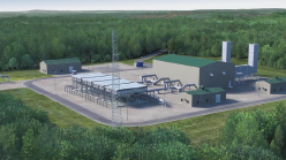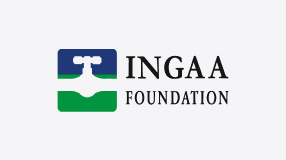In the past, the natural gas transmission industry used lubricating oils containing PCBs in both gas turbines and air compressors to take advantage of these oils’ fire retardant properties. Apparently, as a result of the years of operation of gas turbines in gas transmission compressor stations, PCBladen oil was blown by the compressor seals and distributed into a number of gas pipelines. Similarly, the use of PCB oils in air compressors resulted in contamination of air lines and systems, and eventually soil and ground water at some sites.
As a consequence, Congress, the Environmental Protection Agency and the Federal Energy Regulatory Commission stepped up their oversight of pipeline activities by tightening enforcement and taking a closer look at the removal and abandonment of pipelines. Because EPA has operated under the assumption that a company’s entire system is contaminated unless it can prove otherwise, FERC routinely refers all pipeline removal or abandonment proposals to EPA for confirmation that EPA’s PCB regulations are being followed by the companies involved.
Unfortunately, these regulations were not developed with pipeline contamination problems in mind. This led to a series of misunderstandings, disagreements and interpretation problems between EPA and the pipeline industry. Consequently, routine pipe replacement and construction projects have been in limbo since 1988, awaiting clear and consistent EPA guidance. Pipeline expansion projects to serve new markets are also jeopardized by this uncertain situation. If pipeline operators are forced to comply with EPA’s PCB regulations as currently interpreted by EPA, costs to the industry could easily exceed $2 billion.
In an effort to comply with the spirit and intent of the PCB regulations while accommodating the unique operations and facilities of the gas pipeline industry, the industry decided to develop and offer to EPA a generic remediation program. If EPA could accept such a program, it would significantly reduce the costs of routine pipeline removal, disposal and abandonment work, as well as provide clear guidance for both the industry and EPA. Preliminary contacts with EPA officials during 1989 revealed an increasing interest on their part in pursuing this strategy.
In order to prepare the best plan possible, the industry decided that a PCB legal expert, experienced in working with EPA’s Office of Toxic Substances, should assist in developing and negotiating the generic plan.
This report provides information on the progress to date of negotiations with the EPA for cost effective and reasonable remediation of PCB contamination within the natural gas pipeline industry.





